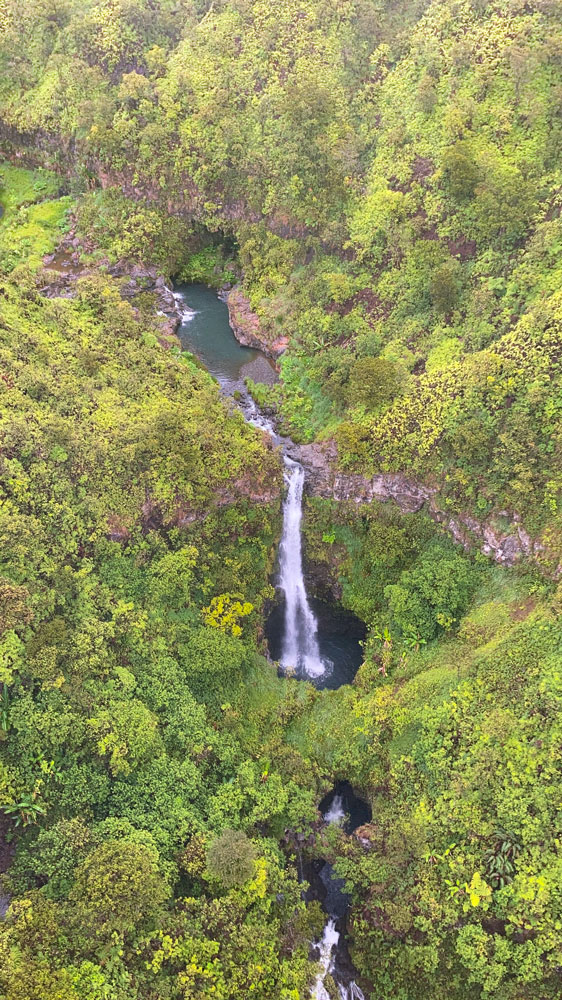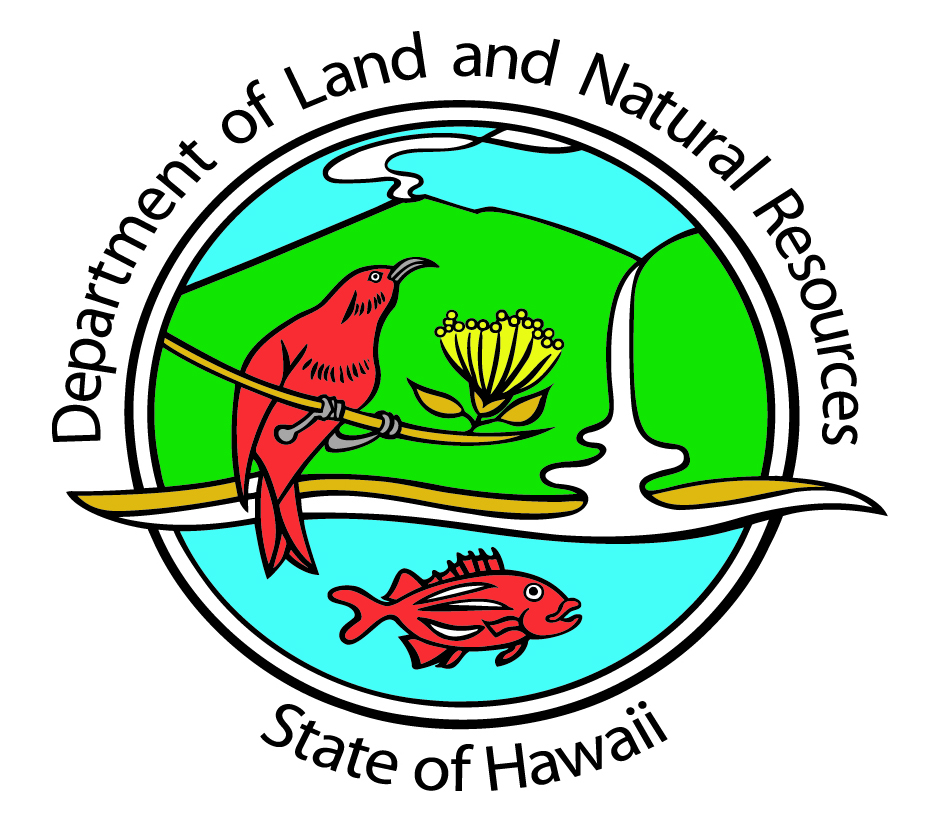

A Healthy Forest = Fresh Water
A healthy forest is the key to a healthy water supply. Rain and condensation drip from plants and trees onto mosses and soils that act as sponges that hold and recharge our water reserves. Hawaiian native forests have evolved over millions of years to become the best quality watershed areas. However, Hawaii’s forests are in need of protection, and the forests of East Maui’s watershed are no exception. Invasive species that choke out native plants, and feral animals that cause erosion of the fragile forest floor can cause serious damage to the native forest. When the forest is damaged, it loses its capacity to be an effective watershed.
We in Maui are dependent on the fresh water provided by our forests. By supporting efforts to protect our watersheds, you can help to ensure that we will have a supply of fresh drinking water for now and into the future. For more information, contact the Dept. of Land and Natural Resources
Explore the Watershed
Visit each of these pages for specific information on your East Maui Watershed.

How does it work?
From rain to running water the whole process

Threats
Not everything loves the watershed like us

Management
The work we do to protect the watershed

Hawaiian Culture
The deeper meaning behind a magical place

Bird Gallery
Birds that can be found in the East Maui Watershed.
Facts about Hawaiʻi’s Watersheds
For all their biological richness, these forests are among the most endangered in the world. Hawai’i has already lost half of its natural forest cover. Currently, more than one third of the plants and birds on the U.S. Endangered Species List are from Hawaiʻi. When spiders, snails, and insects are included, nearly 60% of Hawaii’s total native flora and fauna is endangered, by far the highest percentage of any state.
“Destruction and the loss of forest habitat are the primary causes of species decline.”
– The Nature Conservancy (Article on Hawaiʻi’s Conservation Priorities on Forested Watersheds)
East Maui Watershed Facts
In 1991 East Maui Watershed Partnership formed to be the FIRST partnership of its kind in the State of Hawaiʻi. Following their example 11 more watershed partnerships were created around the State. Visit the Hawaiʻi Association of Watershed Partnerships for info.
EMWP land area= approx. 100,000 acres
100K
acres of essential watershed forest
60K
acres of critical habitat secured for over 100 rare and endangered plants
13
native bird species found historically (3 now extinct)
367
miles of stream protected from 39 perennial streams
Other Facts:
- Largest single source of surface water in the State of Hawaiʻi.
- Approximately 59 plant species within the watershed are listed as threatened or endangered by the United States Forestry and Wildlife Service (USFWS).
- Approximately 60,000 acres within the watershed provides critical habitat for over 100 rare and endangered plant species.
- Approximately 367 miles of stream within the conservation boundaries are protected from 39 perennial streams.
- 13 native bird species (historically) and their critical habitat are protected, 12 of which are endemic to Maui.
- Area of existing fenced managed units=40,880 acres
- Approximately $250,000 in costs of materials and labor can be incurred to build 1 mile of fence in remote locations.
Hawaiʻi Watershed Facts:
- Total value of a single Hawaiian Watershed = $7.4-14 Billion. (Based on 1999 study the University of Hawaii did on the Koʻolau Mountain Forest)
- Over 90% of flowing plants native to Hawaii are Endemic (existing nowhere else in the world)
- Hawaiʻi is home to 1/3 of the bird and plant species on the U.S. Endangered species list.
- 1 Native Land Mammal = Hoary Bat
- No Native Terrestrial Reptiles
- From 270 presumed original colonists over 1,100 native flowering plants have formed.
- One species SUCCESSFULLY colonized the island about once every 2,000-5,000 years.
- Today approximately 1 new species arrives every 3 days.
- The passage of a water droplet from mountain-top to aquifer takes roughly 25 years.
Click here to read the 2010 Hawaii Statewide Assessment of Forest Conditions and Resource Strategy
Remember: a healthy forest = fresh, clean water






